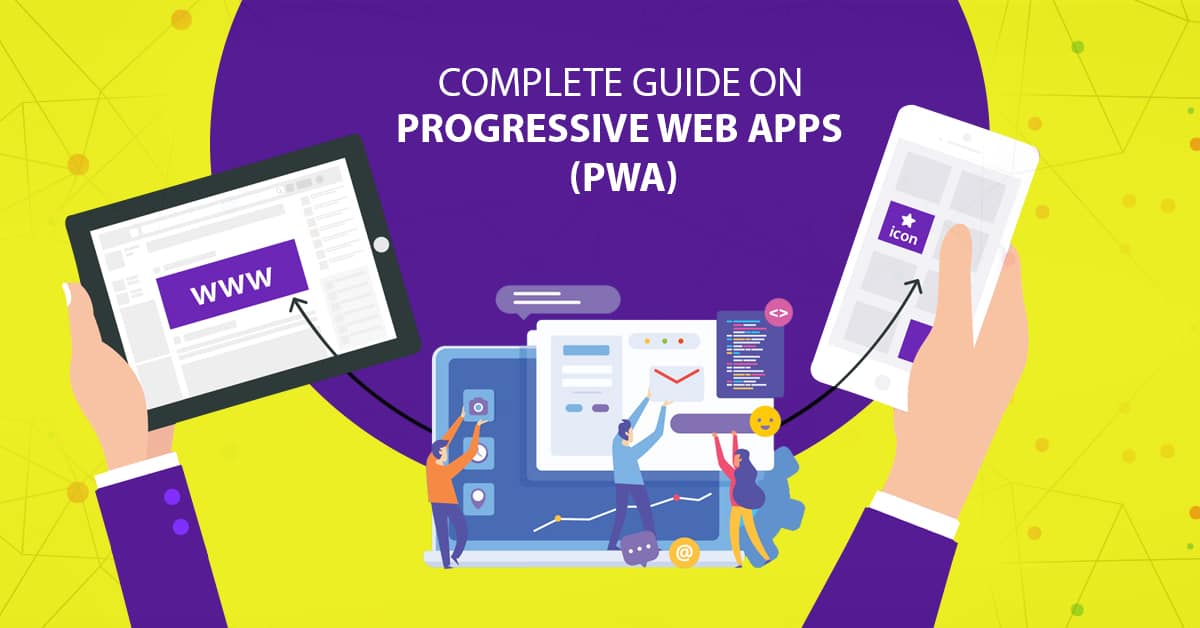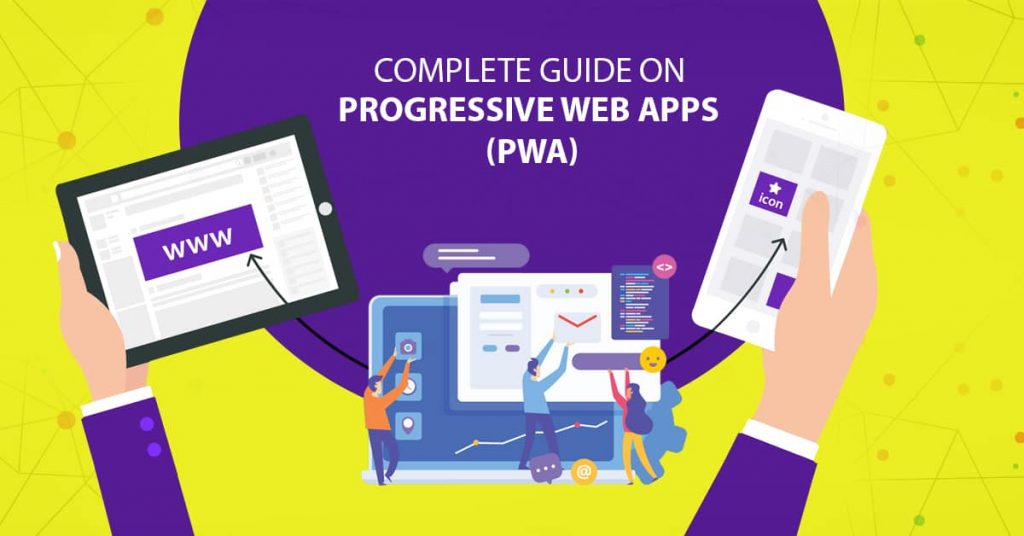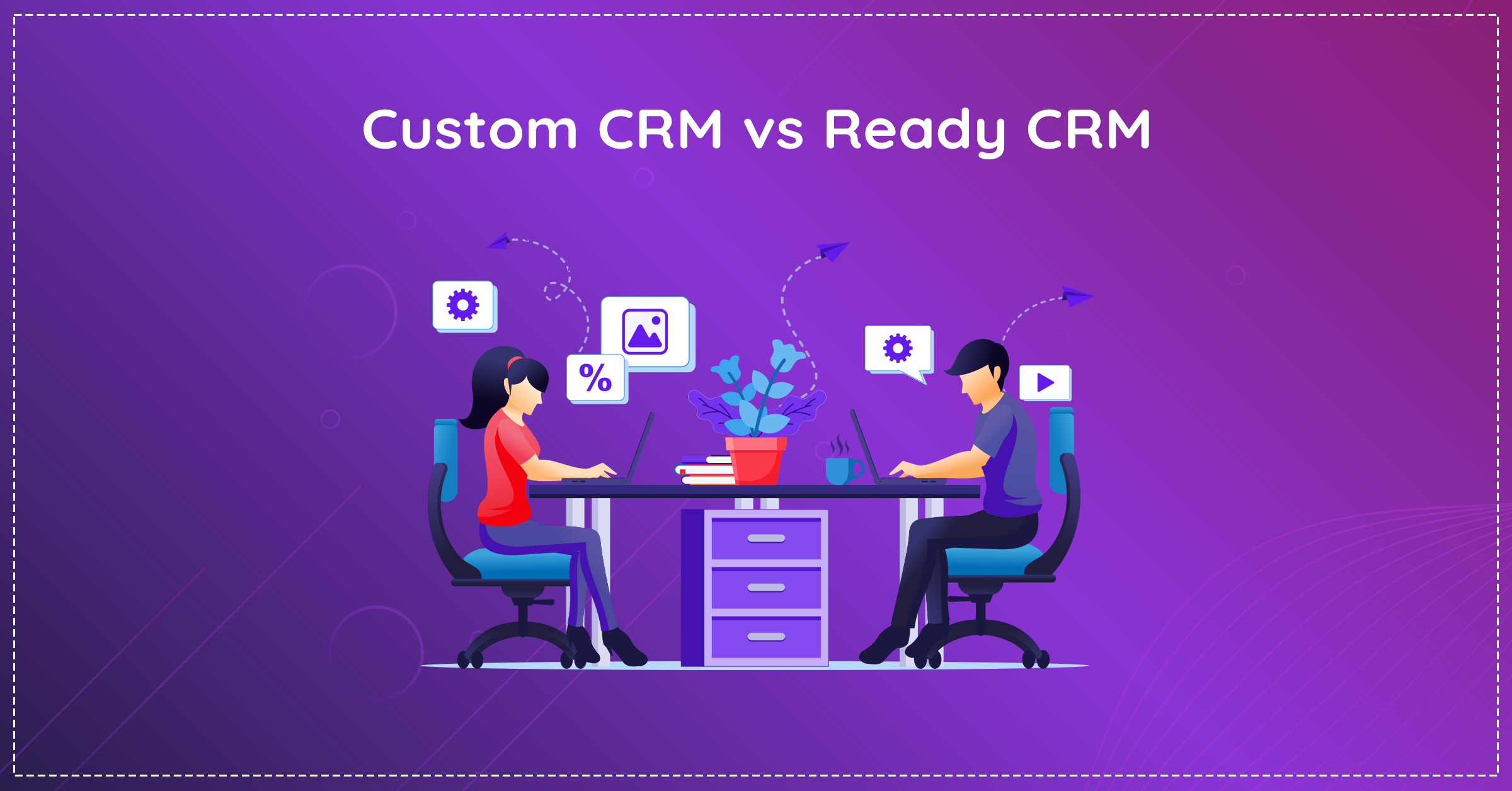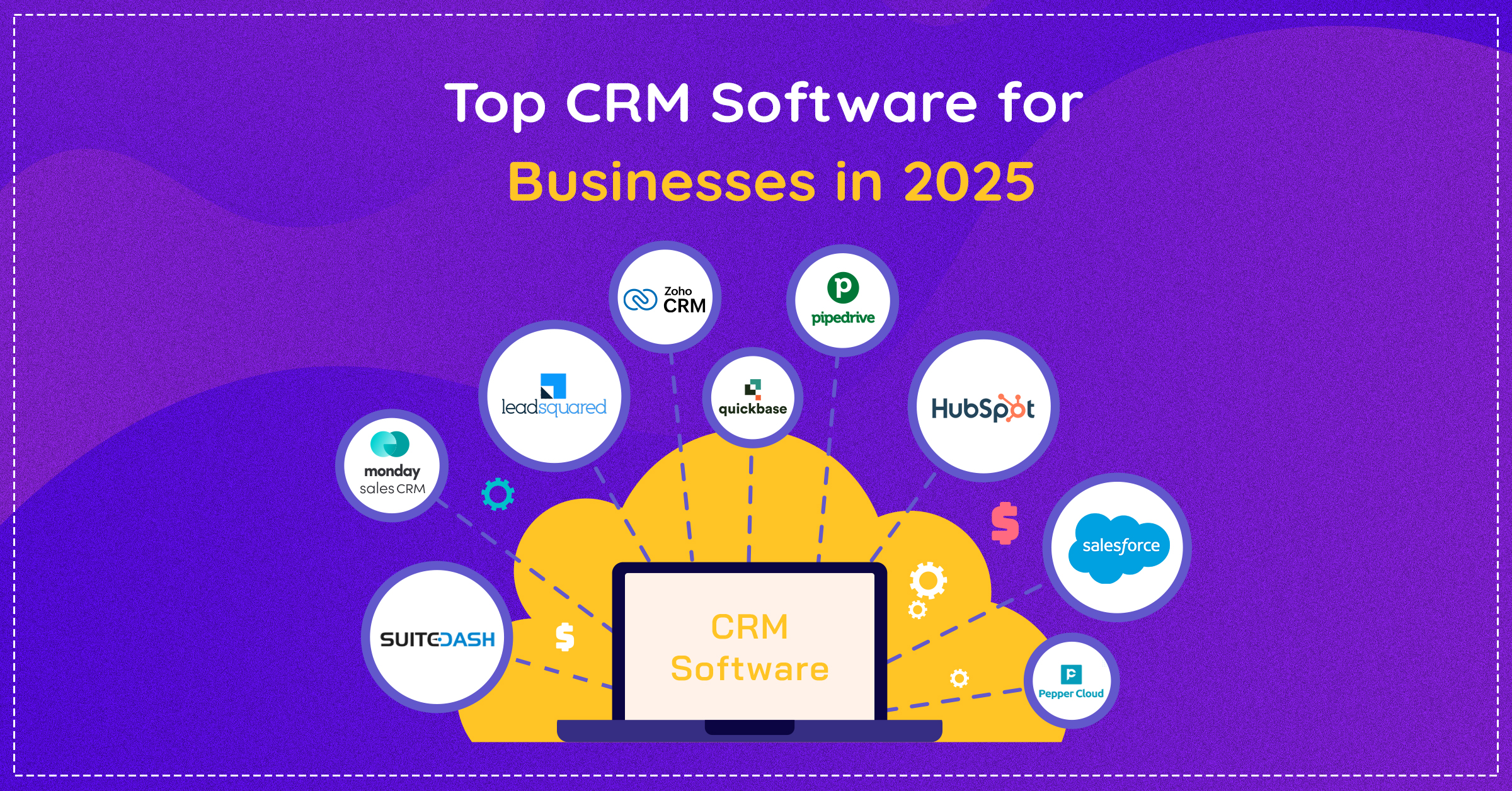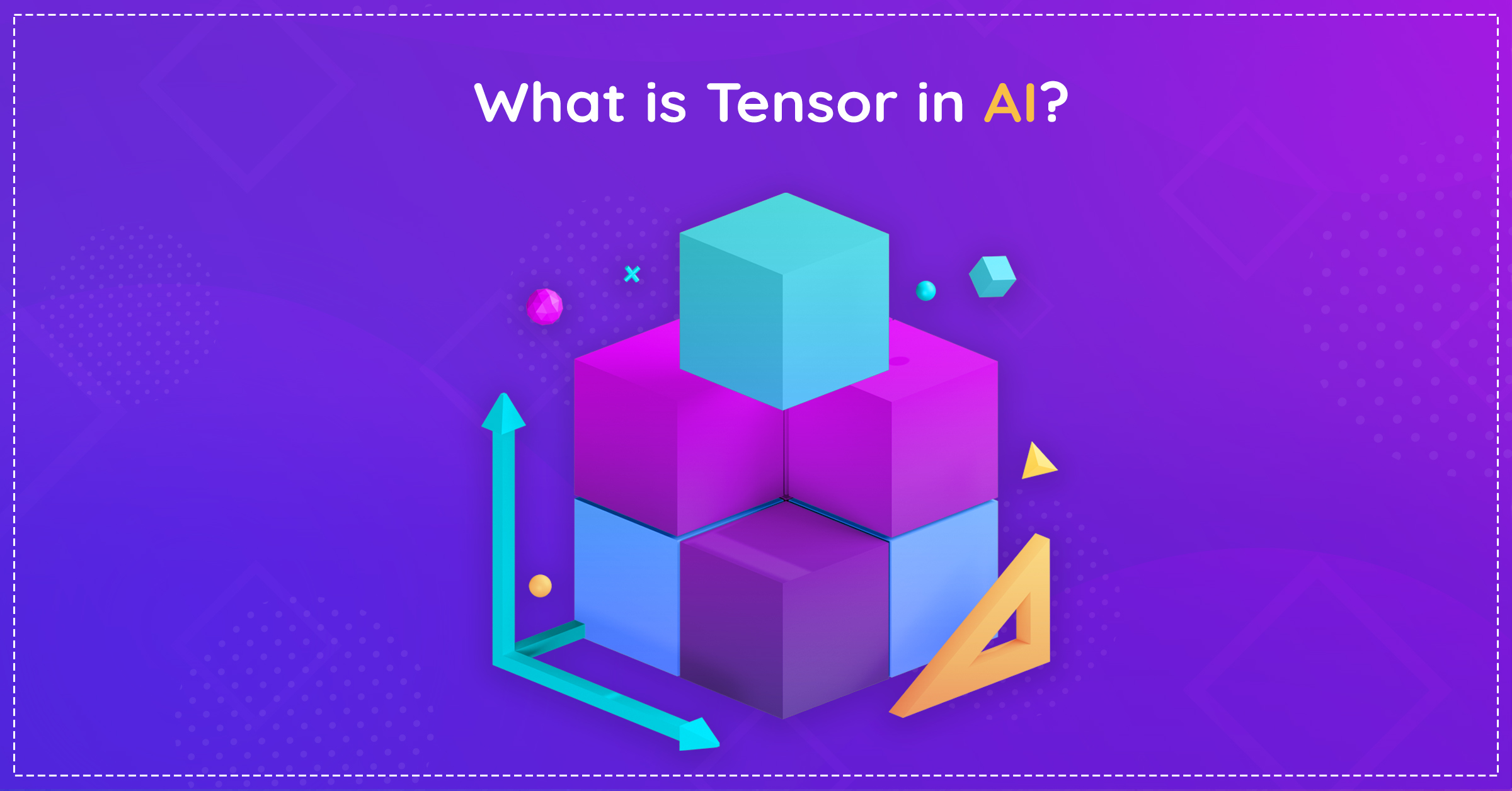 Apps have totally changed the way we interact with our phones. From shopping to booking appointments to streaming content, we do everything on our smartphones these days. As apps became more complex over the years, they needed more powerful smartphones and more data speeds to run them. This led to the segregation of the mobile industry into entry-level, mid-level and flagship-level of smartphones.
Apps have totally changed the way we interact with our phones. From shopping to booking appointments to streaming content, we do everything on our smartphones these days. As apps became more complex over the years, they needed more powerful smartphones and more data speeds to run them. This led to the segregation of the mobile industry into entry-level, mid-level and flagship-level of smartphones.
The problem that arises now is that not everyone is economically sound enough to buy flagship-level smartphones. Most of the country’s population still uses outdated phones with slow data speeds. Companies and businesses now face the challenge of catering their apps to the lower segment, the enthusiastic millennial who opts for mid-tier smartphones and flagship models using power users.
Here comes to rescue PWA or Progressive Web Apps.
What is a Progressive Web App?
A progressive web application is a mobile application which at its core is a website but feels and works the same way as your ‘legacy’ mobile apps. It can be added to your main screen, send push notifications, used offline in the erratic and unstable network or no network at all and even access your phone’s hardware.
Benefits of Progressive Web Apps
- It can be used offline: Developing nations like India and others still don’t have robust internet infrastructure like other developed nations. With most of the country still relying on slow 2G and 3G speeds and 4G high-speed internet being available only in a few select areas, it is important for applications to work properly on low data speeds.
Legacy websites can’t load in the absence of a stable connection while native apps can work even when there is no internet. PWA’s, on the other hand, have full functionality of websites with dynamic data and robust database and is indexable by search engines.
Developers choose how extensively to code the progressive web apps so they take the full advantage of native apps.
- They have superior performance: Progressive apps are significantly faster than their native counterparts. The cache and serve text, stylesheets, images and other content on websites. Apart from that, they can run on very low phone specifications and therefore improve user experience and retention rates.
- They have zero-install: Compared to native apps, these take up almost no space on your phone. Since you don’t need an app store to download them and they can be downloaded directly from the web page itself, the long download times (especially in poor network areas) and huge space these apps take up on your phone are gone. No App store means no tedious and slow app store submission process.
- They don’t need app store submission: Progressive web apps don’t need to be published in any app store be it android or IOS. This means faster updates by the developer without waiting for approval which is not possible on native apps. This makes the app more secure and always up to date.
Use cases of Progressive Web Apps:
Progressive web apps were introduced by Google a couple of years back and since then a lot of major companies have used it to their benefit. These companies often categorize their products into 2 versions: the normal native app and the lite progressive web app. Some examples of such use case scenario are:
- Google – PWA install banners convert 5-6x more than native ones.
- Alibaba – Increase in mobile web conversion by 76%. 14% and 30% more monthly active users on IOS and Android respectively.
- AliExpress – Compared to their traditional website and mobile app, the Chinese e-commerce giant saw a 104% increase in conversion rate for new users via their progressive web app.
- Twitter – The lite version saw a 65% increase in pages per session, 75% in tweets, loads in under 3 seconds even on low internet speeds and saw a 20% decrease in bounce rate.
- Forbes – Their PWA loads not only faster compared to their native app but it also saw 2 times increase in average user session length, 6 times increase in completion rate and more than 20% increase in impressions. Post engagement and visibility also increased by a significant margin.
How to create a progressive web app?
Progressive web apps are launched into a pseudo app frame with some restrictions when opened. Served over HTTPS, it only allows access to subpaths of pages of the initial path of the PWA.
The core of a PWA is the service worker which is basically a client-side JavaScript daemon. These service workers listen to a few kinds of events and react to them. For eg: fetch event which is used to cache web content offline.
These PWA uses stand HTTP caching rules to push updates faster than native apps without the App stores’ approval and newer PWA can also access APIs like camera, GPS and other sensors on your smartphone.
To create a progressive web app you need to follow the following steps:
- Create an app manifest
- Add it to your HTML base template
- Create the service worker
- Serve the service worker on the root of the scope previously used in the manifest
- Add a <script> block to your base HTML template to load the service worker
- Deploy your progressive web app
- Finally, use your progressive web app
Conclusion
Progressive web apps are the future and will help you cater to a wider audience and generate more revenue. Faster updates mean your app will always get the latest security updates and bug fixes than native apps. With most companies now having their own PWA, it will surely shape the future and how we interact with apps as a whole. Though PWAs are not a replacement for android app development and iOS app development, they certainly are a great addition to your digital arsenal.


